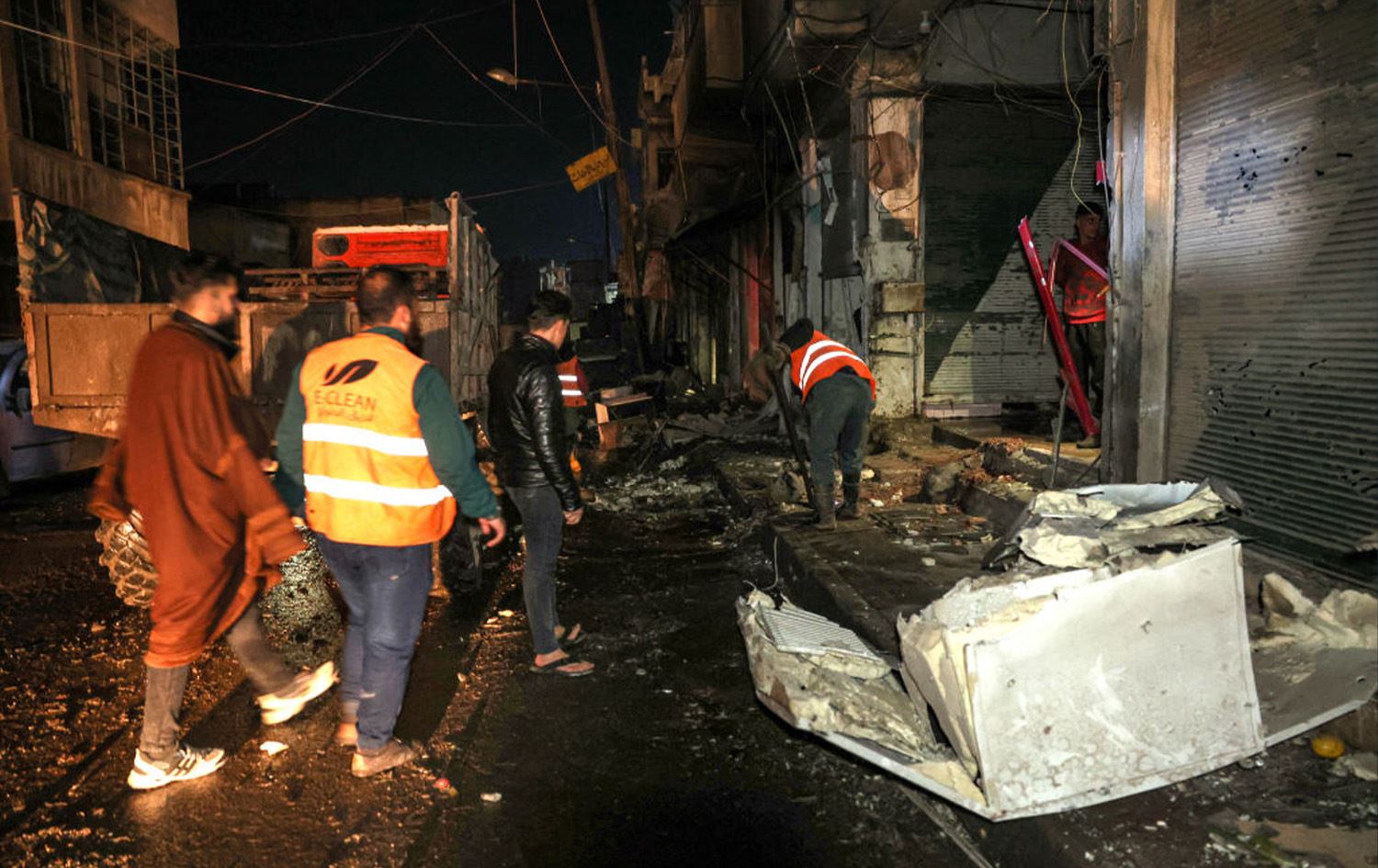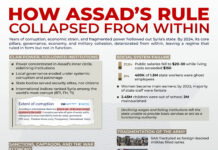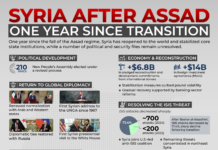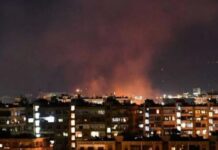
A surge in military aggression by Assad regime forces, backed by Russia, Iran, and Hezbollah, has escalated fears among analysts, human rights groups, and observers of an impending large-scale military operation in northern Syria. As the Assad regime intensifies its assault on liberated areas, particularly in Aleppo and Idlib, civilians and opposition forces brace for a potential humanitarian catastrophe.
According to the Syrian Response Coordinators team (SRC), northwestern Syria has witnessed a sharp increase in civilian displacement over the past week, as people flee rural areas near the conflict lines. In the face of ongoing attacks and the threat of chemical warfare, as hinted by recent Russian statements, revolutionary military forces have heightened their alert status in preparation for further strikes.
The looming threat of expanded military action in the region has triggered a mass exodus, with 4,280 civilians displaced from Aleppo and Idlib so far. Many of these internally displaced persons (IDPs) are fleeing to what are considered relatively safer areas in northern Syria, though safety remains uncertain.
In addition to internal displacement, a significant influx of refugees has been recorded from neighboring countries. As instability in Lebanon grows and Turkey seeks to prevent refugees from entering Syrians are forced to navigate complex regional dynamics. The SRC reports that 11,134 refugees crossed from Turkey into Syria in September alone, with hundreds more arriving daily. Meanwhile, the number of Syrian refugees entering Syria from Lebanon between July and September reached 1,867, with expectations of further increases amid Lebanon’s political and economic crisis.
The mounting displacement crisis exacerbates existing challenges in northern Syria, which is already struggling with overpopulation, food shortages, and rising rents. As local communities reach their capacity to accommodate new arrivals, the region faces a dire housing crisis, worsened by the surging demand for limited shelter and the onset of winter.
The SRC have urged humanitarian organizations to ramp up efforts to provide essential services and support, warning of the growing strain on resources. “The region is at maximum capacity, and the current conditions make it impossible for civilians to afford skyrocketing rents,” the group stated.
Syrian Civil Defense, also known as the White Helmets, reports reveal that by mid-September, more than 650 assaults had been launched against northwestern Syria, with a significant focus on eastern Idlib and western Aleppo. These attacks have claimed the lives of 54 people, including 15 children, and injured 245, many of whom were women and children.
The deliberate targeting of schools, public facilities, and first responders has further compounded the crisis, with rescue teams often unable to reach those in need due to continued bombardments. Observers suggest that these tactics are intended to maximize civilian casualties and cripple any efforts to provide aid.
As civilians continue to flee the region, concerns are raised about a renewed refugee wave towards Turkey, Jordan, or even Europe. Such an exodus could strain international resources and exacerbate already tense diplomatic relations surrounding the ongoing refugee crisis.
The situation is further complicated by the unfolding humanitarian disaster in Lebanon, which has experienced its own surge in refugees amid economic collapse. With more Syrians expected to flee across borders in the coming months, the crisis threatens to reach new heights.
As violence escalates and threats of chemical attacks loom, civilians in northern Syria are left in a precarious position. The Assad regime, emboldened by support from its allies, appears poised for further military action, leaving few options for the embattled enclave.








